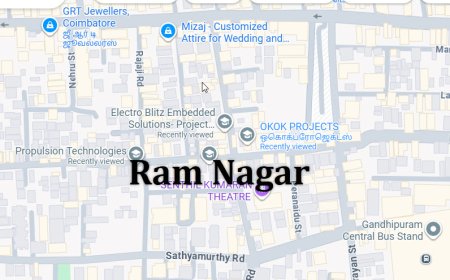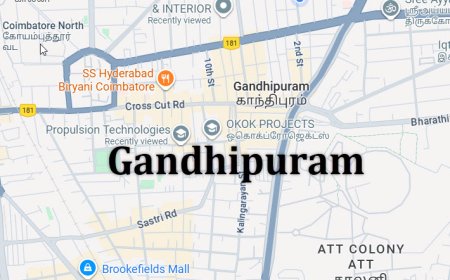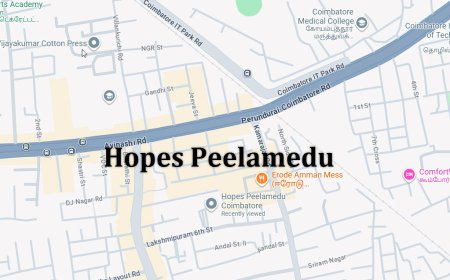Liver Tumor Segmentation in Python Projects
Liver Tumor Segmentation in Python Projects
Liver Tumor Segmentation in Python Projects
Abstract
Accurate segmentation of liver tumors from medical imaging is essential for diagnosis, treatment planning, and monitoring of liver cancer. The project Liver Tumor Segmentation in Python Projects aims to develop an automated system that identifies and segments liver tumors from CT or MRI scans using deep learning techniques. Python is chosen as the development platform due to its rich ecosystem of libraries for image processing, machine learning, and medical imaging, including OpenCV, SimpleITK, TensorFlow, Keras, and NumPy. The system preprocesses images to enhance contrast, normalize intensity, and reduce noise, then applies advanced deep learning models such as U-Net or its variants for precise pixel-level tumor segmentation. Automated liver tumor segmentation reduces manual effort, improves diagnostic accuracy, and assists clinicians in designing targeted treatment plans.
Existing System
Current liver tumor detection and segmentation methods rely heavily on manual annotation by radiologists, which is labor-intensive, time-consuming, and prone to inter-observer variability. Traditional image processing techniques, such as thresholding, region growing, and edge detection, can partially identify tumors but struggle with variability in tumor size, shape, location, and intensity. Some existing machine learning approaches use handcrafted features combined with classifiers, but these methods often fail to generalize across diverse patient datasets and do not achieve high segmentation accuracy. As a result, existing systems are limited in reliability, speed, and scalability for clinical applications.
Proposed System
The proposed system introduces a Python-based deep learning framework for automated liver tumor segmentation. Preprocessing techniques include noise reduction, intensity normalization, resizing, and contrast enhancement to prepare medical images for analysis. U-Net, Attention U-Net, or ResU-Net architectures are employed to perform pixel-level segmentation of liver tumors. Data augmentation methods, such as rotation, flipping, scaling, and elastic transformations, are applied to improve model robustness and generalization. The system outputs segmented tumor masks overlayed on original CT/MRI images, enabling visualization and further clinical analysis. Performance is evaluated using metrics such as Dice coefficient, Intersection over Union (IoU), precision, and recall. This approach provides accurate, reliable, and scalable tumor segmentation, supporting early diagnosis, treatment planning, and monitoring in liver cancer management.
What's Your Reaction
 Like
0
Like
0
 Dislike
0
Dislike
0
 Love
0
Love
0
 Funny
0
Funny
0
 Angry
0
Angry
0
 Sad
0
Sad
0
 Wow
0
Wow
0































